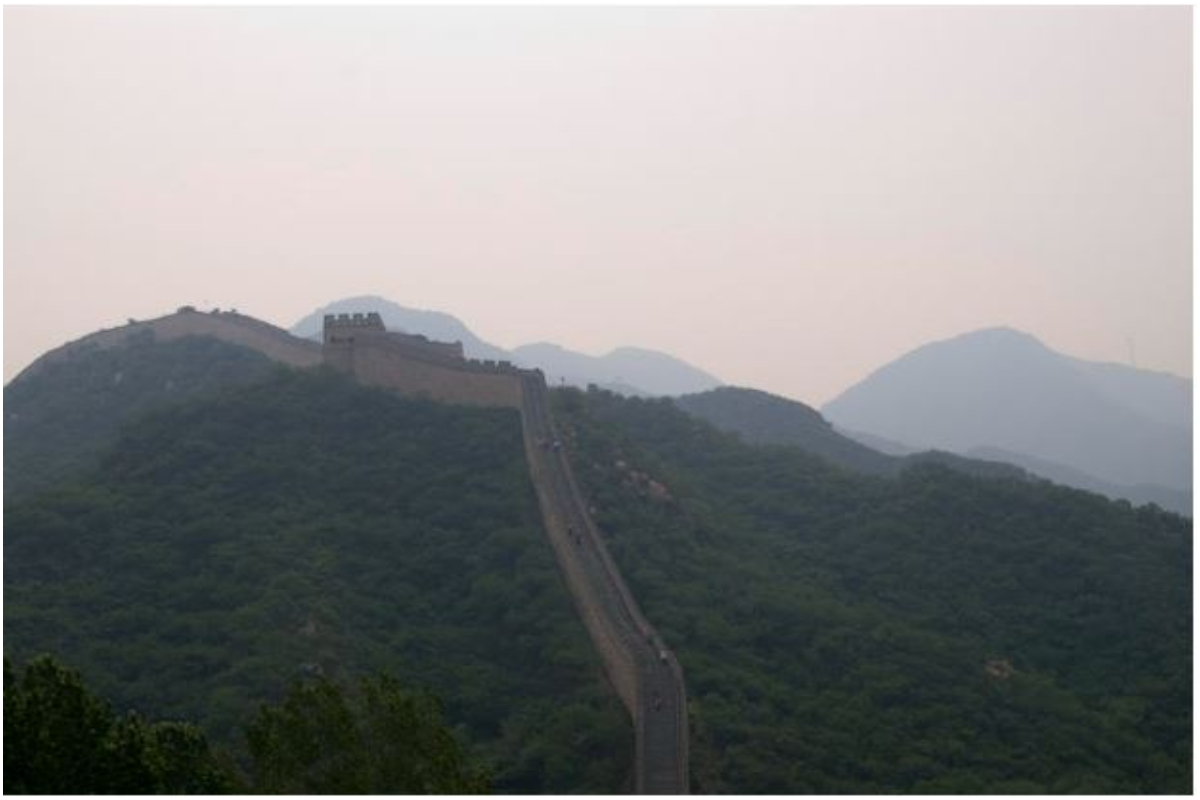- Beijing and large portions of northern China awoke to choking sand and grit.
- The air quality index are fewer than 10 micrometres.
- Since 2000, the Chinese government has invested billions of dollars in the prevention of sandstorms.
The air quality index of PM10 – particles of pollution that are fewer than 10 micrometres in diameter and can enter through the nose and go to the lungs – reached 999 in the Chinese capital, meaning it exceeded the top of the scale, well above the point considered hazardous to health.
At 8 a.m., PM10 concentrations hit 561 micrograms per cubic metre, according to Beijing’s environmental monitoring centre. This number is more than 10 times the World Health Organization’s daily average recommendation of 45 micrograms per cubic metre.
Sandstorms used to strike Beijing frequently in the spring, but less frequently in the winter. 2015 was the last time a sandstorm occurred thus late in the year.
The sandstorm began in Mongolia and travelled steadily southward. The Central Meteorological Observatory issued a blue notice for sandstorms — the lowest level in a four-tier warning system – for much of northern China on Monday morning, from Tianjin in the east to Xinjiang in the far west.
According to the meteorological administration, Mongolia, which is located north of China, is witnessing powerful cyclones. The sand and dust from Mongolia have migrated east and south over northern China, propelled by the cold high pressure at the rear of the cyclones.
Monday also brought sandstorms to northern Hebei and Shanxi provinces, western Gansu, and central and western Inner Mongolia, according to Xinhua. Other regions of the nation, particularly northern Xinjiang, are experiencing strong wind gusts. The sandstorms are predicted to continue until Tuesday.
In the spring of 2021, Beijing was struck by its largest sandstorm in in a decade, which gave the sky a spooky orange colour. According to Xinhua, there were at least two waves of sandstorms in May throughout prior decades. The rapid desertification of land in the north and northwest contributed to the frequency and intensity of sandstorms. Drought, increasing population pressure, and insufficient progress in revegetation all contributed to the desertification of the area.
Xinhua stated that the yearly number of days affected by sandstorms in Beijing dropped from a high of 26 in the 1950s to just three after 2010.
Since 2000, the Chinese government has invested billions of dollars in the prevention of sandstorms. The government has initiated numerous reforestation and ecological initiatives and established satellites to monitor sandstorms and inform weather agencies in advance.
[embedpost slug=”iran-protests-authorities-executes-second-protester/”]





















